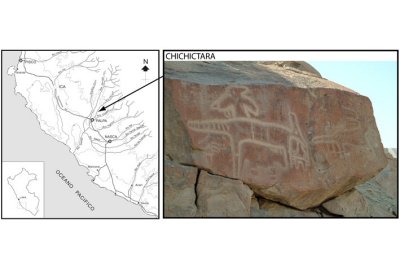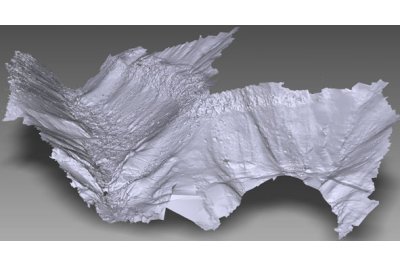Three dimensional recording and interpretation of the petroglyphs of Chichictara, Palpa (Peru)
Abstract
In Chichictara, southern Peru, petroglyphs cover the surface of around 150 rocks, located in a small valley. The goals of the "Chichictara-Project" are the documentation of the petroglyphs, the dating of them and an understanding of the original social function of the site and its components. The presented research methodology is determined by two properties of petroglyphs: First, they are an artificial intervention into the natural environment. That means their natural and archaeological environment must be decisively included into the interpretation. Second, their iconographic value is very high, which means that similarities with other archaeological findings have to be made evident. Thus, the site Chichictara was documented in 3D by means of laser scanning and photogrammetry. The results will be included into a 3D model of the entire Palpa region and connected with a GIS database containing spatial and archaeological information – The rocks will tell us about the past.
Publikationen
Fux, P., Sauerbier, M., Kersten, T., Lindstaedt, M., Eisenbeiss, H. (2009)
Fux, P., 2007. Das Petroglyphen-Projekt «Chichictara» in Palpa, Peru. Feldarbeiten im Jahr 2006 und Ausblick. Jahresbericht der Schweizerisch-Liechtensteinischen Stiftung für Archäologische Forschungen im Ausland, SLSA. Zürich.
Fux, P., Sauerbier, M., Peterhans, J., Kersten, T., Lindstaedt, M., 2008: Documentation and Interpretation of the Petroglyphs of Chichictara, Palpa (Peru), using terrestrial laser scanning and image-based 3D modeling. Paper presented at the CAA 2007 Conference, Berlin.

